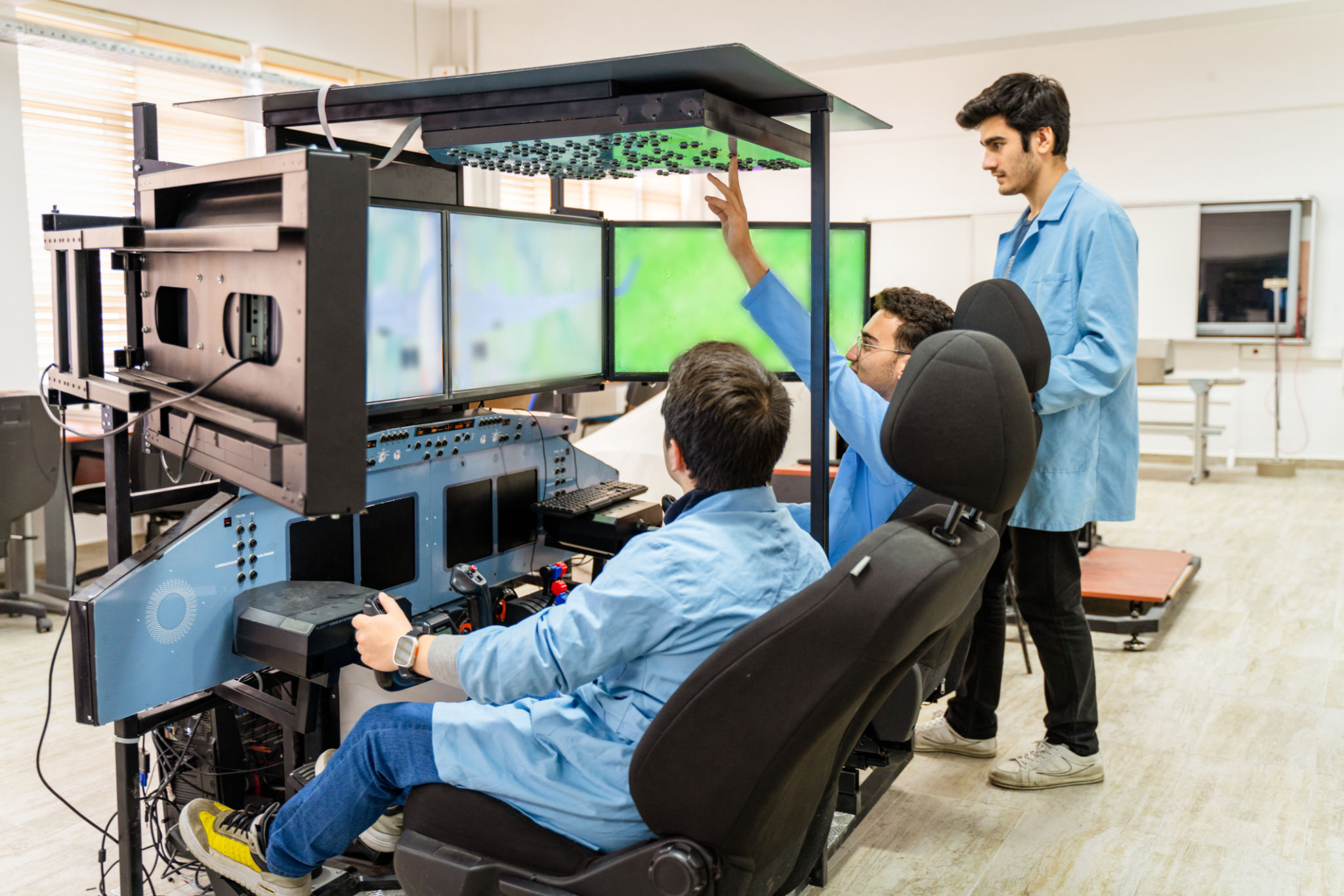Virtual Reality in Workforce Training: Enhancing Skills and Efficiency
The Rise of Virtual Reality in Workforce Training
In recent years, Virtual Reality (VR) technology has emerged as a transformative tool across various industries. One of its most impactful applications is in workforce training, where it is revolutionizing the way employees acquire new skills and enhance existing ones. By immersing trainees in realistic, interactive environments, VR offers a unique opportunity to practice and learn without the risks associated with real-world training.
VR's ability to simulate complex scenarios makes it particularly beneficial for industries that require precision and safety, such as aviation, healthcare, and manufacturing. As organizations continue to adopt this technology, they are discovering numerous benefits that contribute to more efficient and effective training processes.

Benefits of VR in Workforce Training
Enhanced Learning Experience
VR provides an immersive learning experience that enhances memory retention and understanding. Trainees can engage in interactive simulations that replicate real-life situations, allowing them to practice skills in a controlled environment. This hands-on approach caters to various learning styles and can significantly accelerate the learning process.
Increased Safety and Reduced Costs
By simulating potentially hazardous situations, VR enables trainees to learn without the risks of physical harm. This is crucial in fields like emergency response and heavy machinery operation, where mistakes can be costly or dangerous. Additionally, VR can reduce training costs by eliminating the need for physical materials and travel expenses associated with traditional training methods.

Applications Across Industries
Healthcare Training
In the healthcare industry, VR is used to train medical professionals in procedures ranging from surgery to patient interaction. By simulating medical environments and patient scenarios, VR allows practitioners to refine their skills and improve their decision-making abilities without putting patients at risk. This can lead to better patient outcomes and increased confidence among healthcare providers.
Aviation and Aerospace
Aviation training has greatly benefited from VR's capabilities. Pilots and crew members can practice emergency scenarios, navigation, and aircraft operations in a controlled virtual setting. This not only enhances their skills but also ensures they are better prepared for real-life challenges.

The Future of VR in Training
The potential for VR in workforce training is vast and continues to grow as technology advances. As more organizations recognize the benefits of VR, its adoption is expected to increase significantly. Future developments may include more personalized training programs that adapt to individual learning paces and the integration of artificial intelligence to provide real-time feedback.
Furthermore, as VR technology becomes more accessible and affordable, even small businesses will be able to leverage its advantages. This democratization of VR training tools will lead to a more skilled and efficient workforce across various sectors.
Conclusion
Virtual Reality is reshaping workforce training by providing immersive, cost-effective, and safe learning environments. Its applications span multiple industries, offering customized solutions that enhance skill acquisition and efficiency. As we move forward, embracing VR in training programs will be essential for organizations aiming to stay competitive in an ever-evolving market.
